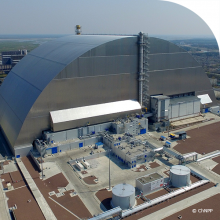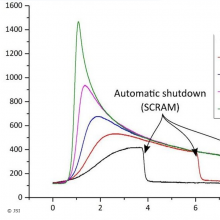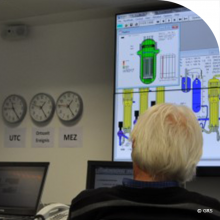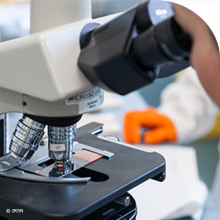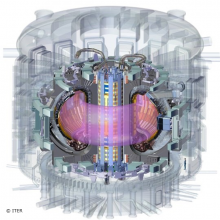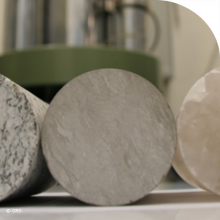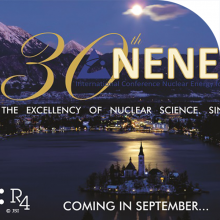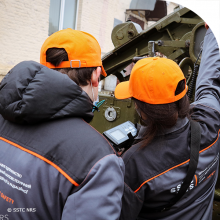News from ETSON and its members*
The ageing and the prolongation live duration of old nuclear power plants is an essential topic in term of safety challenges.
On April 26th the Chernobyl disaster was 35 years ago. How is the situation on the site today? Which works are currently going on? And how is taken care of the radioactive waste?
As one of the tasks in Work Package 4 of the ENEEP project, a search for novel experimental education activities was performed, which resulted in a shortlist of new experiments for possible future implementation and integration in the activities offered by ENEEP. One of the identified new experiments – a Cherenkov radiation-based power meter – was successfully set up at the JSI TRIGA reactor.
IRSN is involved in PERFROI, an international project to complete the safety knowledge in case of a loss of coolant accident.
In the course of the new Radiation Protection Act (2017) the Federal Radiological Emergency Centre was established. GRS has by law been assigned the task of supporting the Federal Radiological Emergency Centre in its work together with different Federal Offices. In our interview, GRS expert Dr Albert Kreuser explains how the emergency organisation at GRS works and how his colleagues prepare for a possible mission.
IRSN presents the RESCUE project, a treatment strategy to deal with acute radiation syndrome.
Nuclear fusion occurs naturally in the sun. On Earth, meanwhile, fusing two atoms involves a great deal of effort. The more research is done in this field, the sooner will concepts for commercial fusion plants appear on the horizon. A research project of GRS and the Karlsruhe Institute of Technology (KIT) is now looking at the regulatory framework for such plants.
GRS developed the methodological bases and recommendations for the site selection procedure in Germany. The synthesis report and ten supplementary technical reports are available on the GRS website.
The Nuclear Society of Slovenia cordially invites you to participate at the jubilee 30th Nuclear Energy for New Europe - NENE2021.
The State Scientific and Technical Center for Nuclear and Radiation Safety (SSTC NRS) adheres to its mission of scientific and technical support for state regulation of nuclear and radiation safety in Ukraine to protect the public and the environment against man-made radiological effects and recognizes that comprehensive development and expansion of capabilities are among its responsibilities.
Pagination
Stay informed - subscribe to our newsletter.
Copyright · All rights reserved













